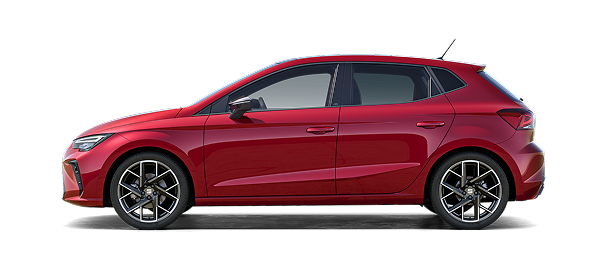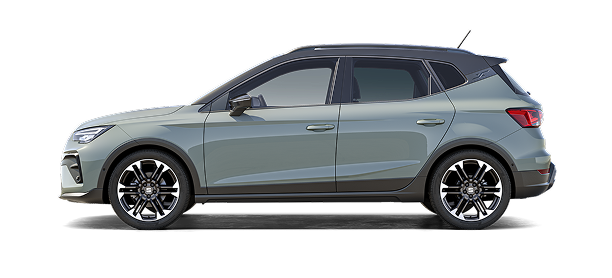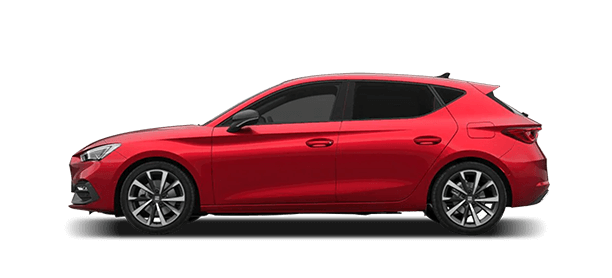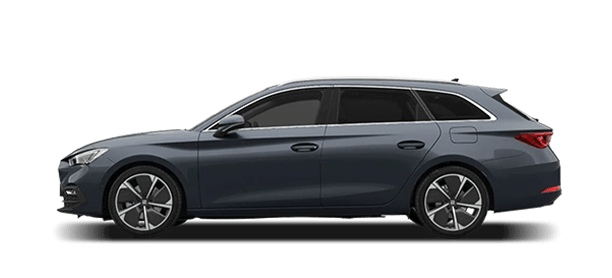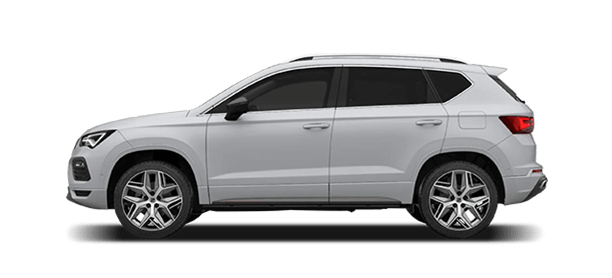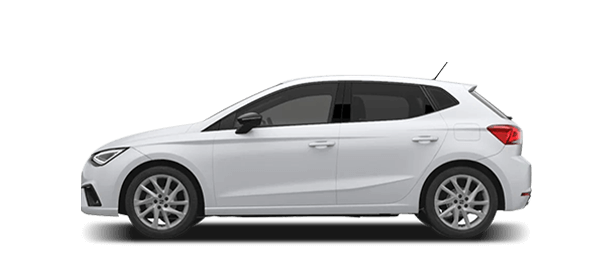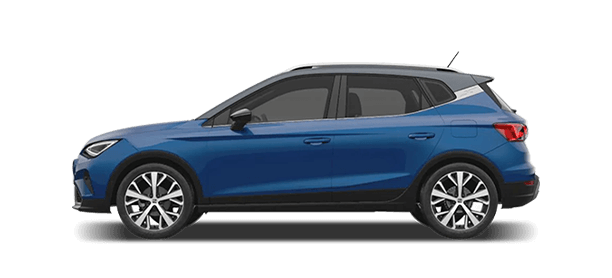UNDERSTANDING TOTAL COST OF OWNERSHIP
Fleet Car Total Cost of Ownership (TCO) explained
There’s much more than just purchase or lease costs to consider for your next fleet vehicle. The TCO or 'whole life cost’ pulls all of these together to give you a full picture.
How is TCO calculated?
For the most effective method of calculating TCO, you should add together the key costs of running a vehicle, such as purchase price less resale price (or business lease costs), fuel, taxation, maintenance, insurance and financing.
Once these costs have been brought together into a single cost figure, it makes it much easier to evaluate and compare different vehicles. This is especially helpful when comparing Electric Vehicles with Combustion Engine Vehicles, for example, where significant operating cost savings can offset the higher initial purchase price.
Let’s explore some of the elements that make up a TCO figure for a fleet vehicle:
- Purchase price
Don’t forget to include the cost of any options or accessories fitted to the car as well as the first registration fee and first year Vehicle Excise Duty. Deduct the value of any discounts you receive from the vehicle supplier.
- Fuel
First identify the vehicle’s annual business mileage (annual total mileage if you provide private fuel for your employees as well). Divide this figure by the vehicle’s combined mpg figure to determine how many gallons of fuel you will use. Then multiply this by the price of fuel per gallon. Alternatively, if you pay your company car drivers a mileage allowance for each business mile covered simply multiply this figure by the total business mileage for the anticipated term of operation.
- Servicing, maintenance and repair
Service intervals vary from model-to-model, but it’s important to adhere to them to protect your fleet vehicle’s warranty. This will also ensure that the vehicle is kept in its best operating condition, minimising the possibility of breakdowns and associated downtime. Having a well-maintained vehicle helps with disposal at the end of term too - both in terms of speed of disposal and getting the best price. You can estimate these based on your experience with your current vehicles, or why not contact us for details of our competitive fixed-price servicing. Don’t forget to factor in the cost of replacement tyres, particularly for fleet cars that cover a high mileage.
- Vehicle Excise Duty (VED)
First year VED will be included in the fleet vehicle’s initial purchase price, but in subsequent years you’ll need to pay standard rate VED. Standard rate VAT for the 2024/25 tax year is £190. Vehicles with a list price above £40,000, including options, are subject to an additional rate of £410 per year and is payable from the second year for the next five years. Electric vehicles are currently zero-rated for first year and standard rate VED, however from 1 April 2025 zero emission vehicles and alternative fuelled vehicles also will be eligible for the standard rate. If you lease your fleet cars then you will normally find the cost of VED is included in the lease rate, but you should confirm this with your leasing provider.
- Insurance
You will need to have at least third-party liability cover in place to be able to legally drive a business car on public roads.
- Finance costs
Unless you are buying the vehicle outright (or leasing it), you will need to fund the purchase through a loan which will have an associated interest rate. Total finance costs will be the difference between your total repayments on the loan and the car’s purchase price.
- Class 1A National Insurance Contributions (NIC)
If the vehicle is available for the driver to use for private mileage - including commuting to and from their regular place of work - you will need to pay Class 1A NIC. This is calculated in the same way as the driver’s Benefit-in-Kind (BiK) for the vehicle. Multiply the car’s P11D value by its BiK rate – determined by a combination of its CO2 emissions and fuel type – to establish the taxable benefit that you are supplying to your driver. Then multiply this figure by the Class 1A NIC rate – for 2024/25 this is 13.8%. Do this for each tax year that you operate the car, as the BiK rate can change from year to year. Sum these figures to calculate your total Class 1A NIC costs. If you provide the drivers with fuel for their private use, you will also have to pay Class 1A NIC on this benefit too. Learn more about Benefit-in-Kind.
- Charge Zone fees
If your fleet operates in congested, urban areas that charge entry fees, you should also factor these costs into your calculation. Electric vehicles and other ultra-low emission vehicles are exempt from many of these charges. More areas of the country are considering introducing these zones, so it’s important to keep up to date. Latest information on ‘CAZs’ and ‘ULEZs’
- Forecast car residual value (RV)
This will be different for every vehicle and will depend upon a number of factors: the vehicle age and mileage at time of disposal; the condition it is kept in; market conditions at time of disposal. Subtracting this figure from purchase price will give you the figure known as depreciation.
In summary, TCO brings into focus all the costs associated with each company vehicle, allowing a better understanding of the total cost of running that vehicle. Looking at one figure, rather than looking at costs in silos without consolidating them, means a tighter focus on operating cost and value
Find out more about the running costs of fleet vehicles






